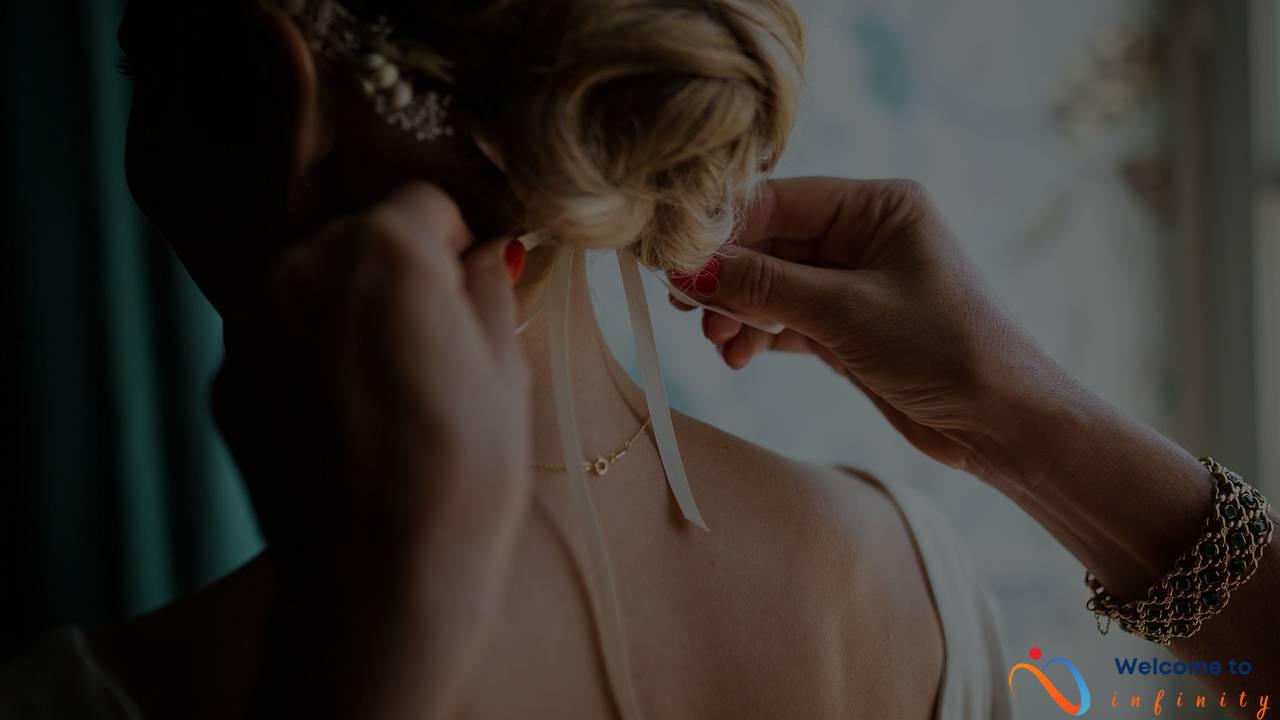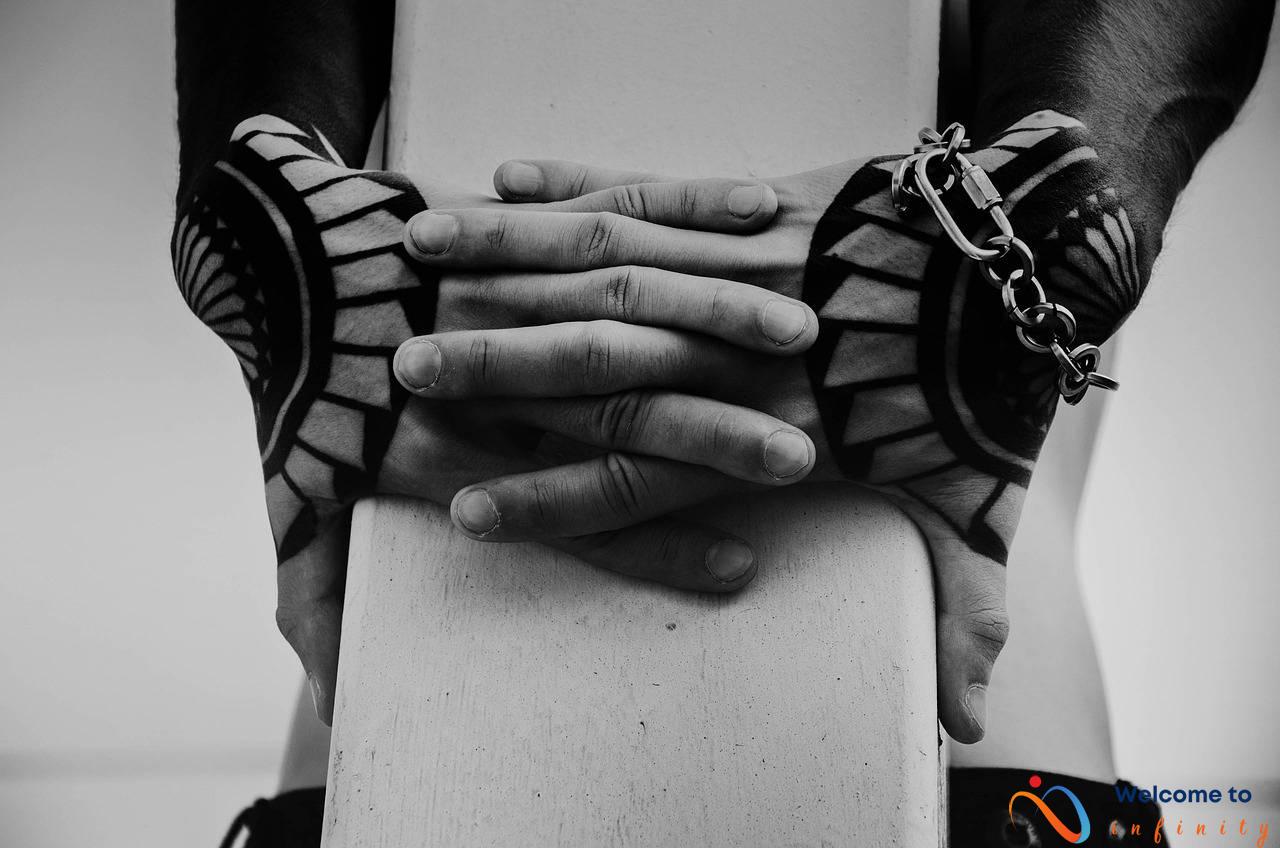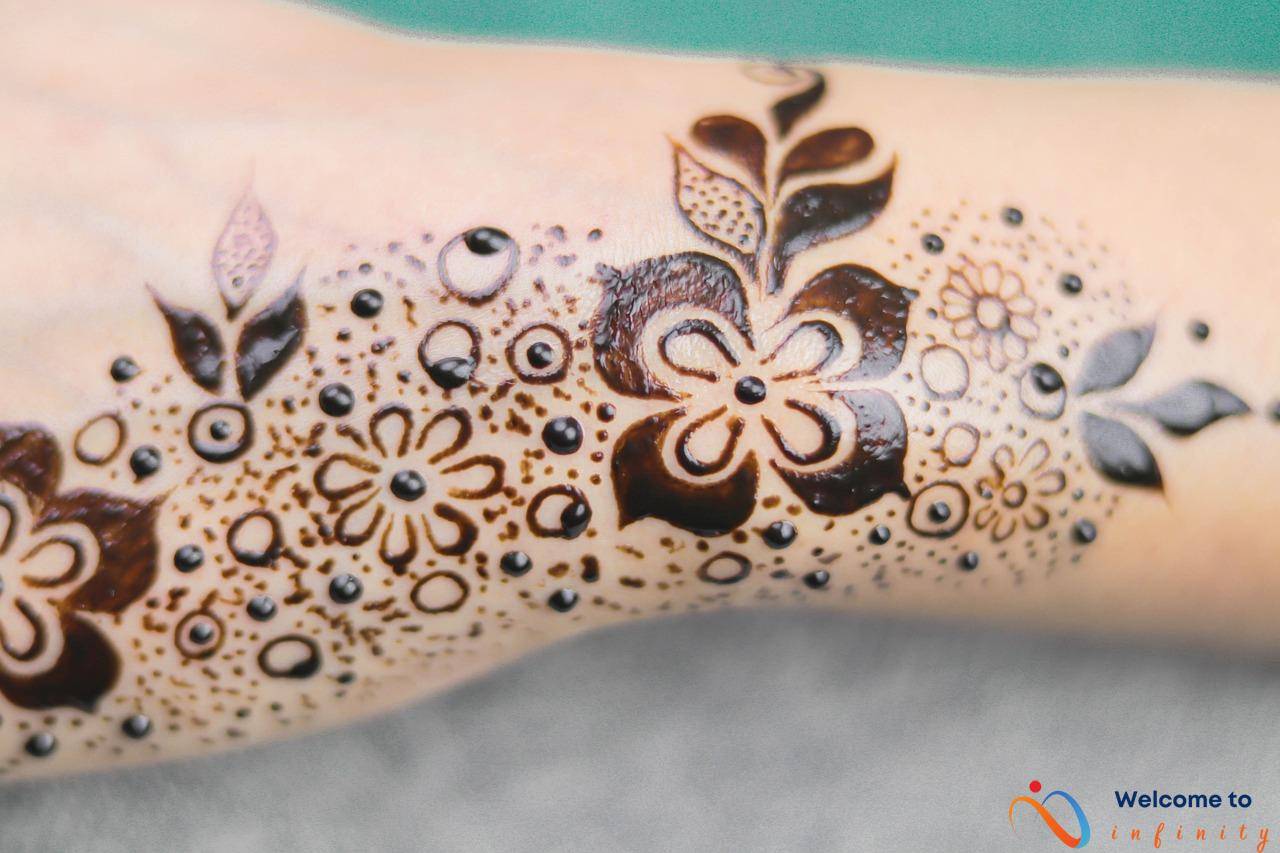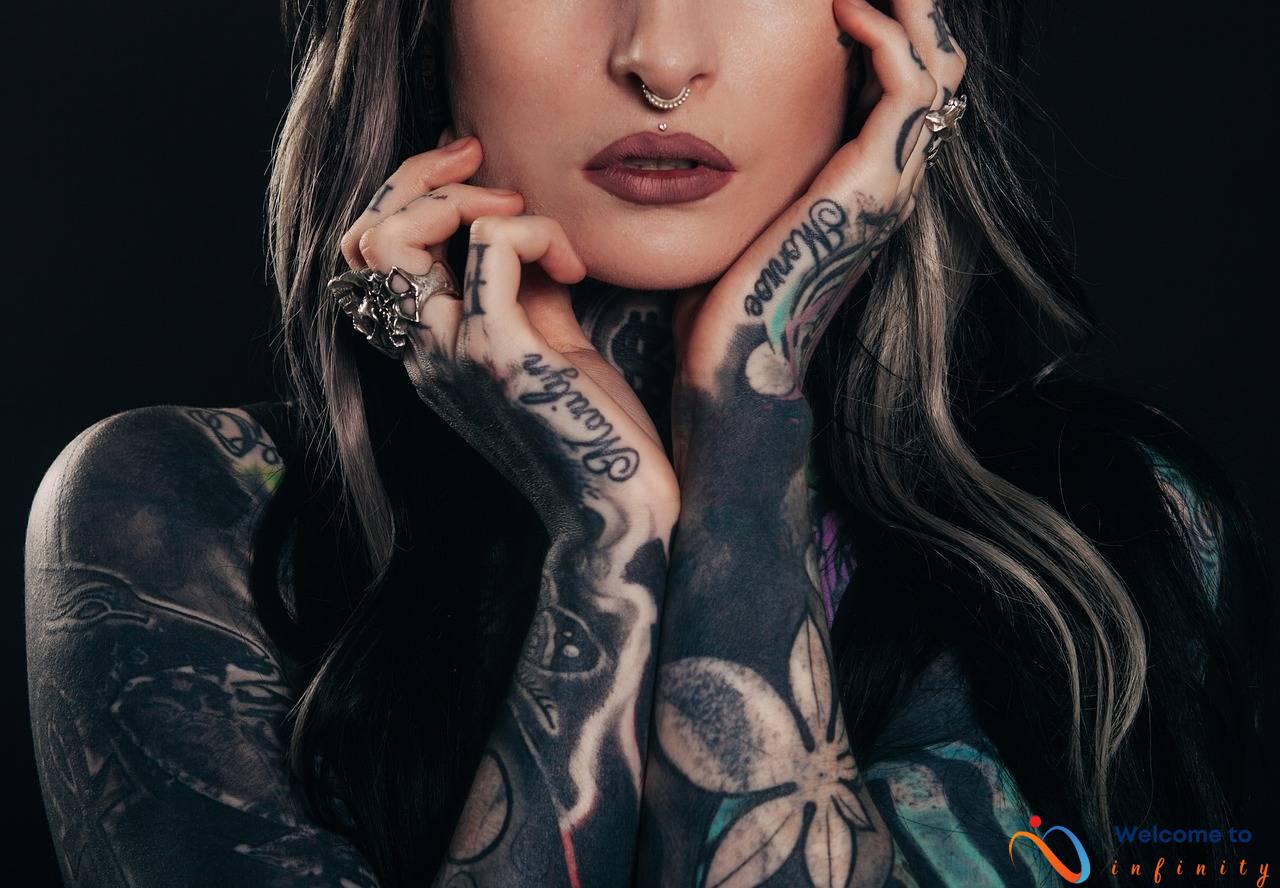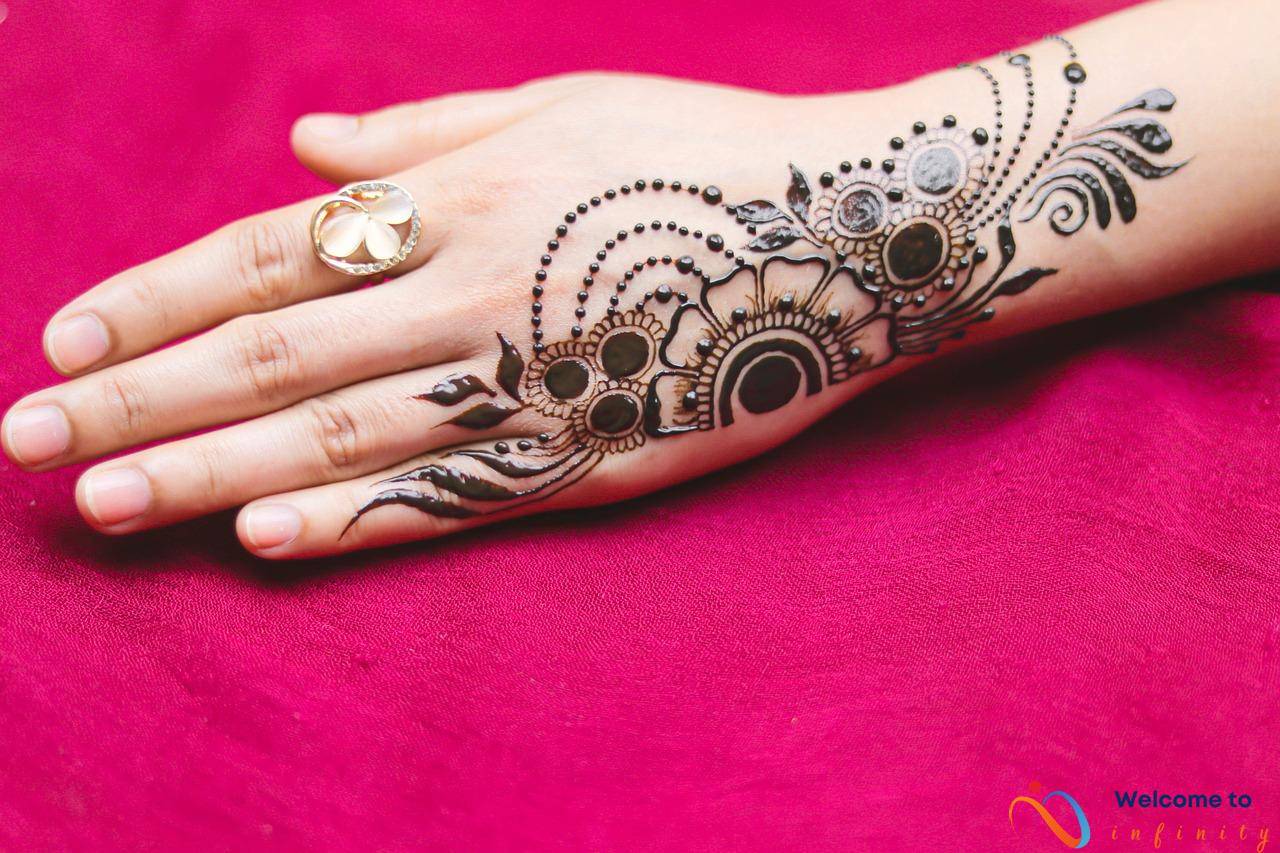If you're planning to get a tattoo, the first consideration you should have is where to place it on your body. The location of your tattoo can affect not only its visibility and impact but also your comfort level and healing time. In this comprehensive guide, we'll help you choose the perfect spot for your ink, based on your preferences and specific needs.
First, it's important to take into account anatomical considerations, such as your body structure, skin type, and age. Certain areas of the body, such as the ribcage or the hands, may be more painful or prone to stretching, while others, such as the back or the thighs, may be more spacious and easier to manage. You should also consider the cultural significance of different tattoo placements, based on traditional or contemporary meanings associated with them.
For instance, in some cultures, tattoos on the neck or the chest may be considered more rebellious or intimate, while those on the arms or the legs may be more functional or artistic. Similarly, different societies may have different norms and attitudes towards tattoos, depending on their history, religion, or social context. For example, in Japan, full-body tattoos or irezumi are associated with the yakuza or the criminal underworld, while in Western societies, they may be more related to body art or personal expression.
Moreover, tattoo placement can also reflect personal expression and identity, as it allows you to convey your values, emotions, or experiences to the world. You may want to choose a spot that aligns with your personality and lifestyle, or that connects with a significant event or memory in your life. You should also consider practical factors, such as the visibility or concealment of your tattoo, depending on your work or social environment.
Once you've decided on the location, you should also take into account the design integration with the natural contours and movements of your body. Your tattoo should flow with your body shape and posture and enhance its beauty and dynamics. Finally, you should learn how to take care of your tattoo after it's done, by following proper cleaning, moisturizing, and protection techniques. With these factors in mind, you can choose the perfect spot for your ink and enjoy its beauty and meaning for years to come!
Anatomical Considerations
When deciding on the best tattoo placement, it's crucial to consider the unique features of your body. Your body structure, skin type, and age can all affect the final outcome of your tattoo.
For instance, if you have a bony or muscular area, a tattoo may hurt more during the process and take longer to heal afterwards. Similarly, if your skin is sensitive or prone to scarring, you may need to choose a less visible spot for your tattoo to avoid complications.
Age is also a crucial factor to consider. As you age, your skin loses elasticity and firmness, which can cause your tattoo to change shape or fade over time. If you're planning on getting a large or intricate tattoo, it's advisable to choose a spot that's less likely to sag or wrinkle as you grow older.
Another aspect of anatomical considerations is the importance of proper placement in relation to the design of your tattoo. Some tattoos are better suited for certain parts of the body, based on their shape, size, or style. For example, a small and simple tattoo may look best on your wrist or ankle, while a larger and more detailed design may be better suited for your back or chest.
Ultimately, the best way to choose a tattoo placement that works for you is to consult with your tattoo artist. They can provide expert advice based on their experience and knowledge of tattooing, and help you find a spot that's both practical and aesthetically pleasing.
Cultural Significance
When it comes to tattoo placement, cultural significance plays a significant role in determining where people get their ink. In many cultures, certain tattoo placements have specific meanings that reflect religious or spiritual beliefs, social status, or personal identity. For example, tattoos on the wrist have been traditionally associated with the concept of time, as it is a visible reminder of the passing of time. Similarly, tattoos on the neck have been symbolic of strength, power, and courage, as the neck is a vulnerable part of the body and wearing a tattoo there communicates a powerful message of overcoming one's fears.
Contemporary tattoo culture, however, has expanded the range of tattoo placements to include areas previously considered taboo or inappropriate. Chest tattoos, for instance, were once associated with criminal gangs or prison culture. However, in recent years, chest tattoos have become more socially accepted and even celebrated in certain subcultures. This shift in perception demonstrates how cultural meanings can change over time and how tattoos can have a profound impact on personal and cultural identity.
In some cultures, tattoo placement can be a sign of social or religious status. For example, in Polynesian cultures, tattoos are considered a form of tribal identification and are often placed on the arms, legs, and torso. In Japan, tattoos were once associated with criminal gangs, but have since become more mainstream. Japanese tattoo designs can often be seen on various parts of the body, including the back, arms, and legs.
Ultimately, the cultural significance of tattoo placement depends on the specific traditions and beliefs of the culture in question. Whether it's a nod to ancient tribal customs or a modern expression of one's identity and beliefs, tattoo placement can communicate a wealth of information about an individual's history, personality, and values. When choosing the perfect spot for your tattoo, it's important to consider the cultural and personal meanings associated with each placement to ensure that your ink reflects your unique identity.
Regional Variations
When it comes to tattoo placement, cultural differences play a significant role in determining the most popular and meaningful spots. For example, in Japan, tattoos have long been associated with the yakuza criminal gangs and are still heavily stigmatized in many public places. As a result, many Japanese tattoo enthusiasts opt for less conspicuous areas such as the back, thighs, or ankles, or even cover their tattoos with long sleeves or bandages. Meanwhile, in Samoa, tattoos are revered as a sign of strength, courage, and family loyalty, and are typically worn on the arms, legs, chest, and back in elaborate and intricate designs.
Similarly, in some African countries such as Nigeria or Ghana, tribal tattoos are still an important part of traditional medicine, spirituality, and social status, and indicate one's clan, occupation, or personal achievements. These tattoos are often located on the face, neck, arms, and hands, and involve intricate patterns and symbols that have specific meanings. In contrast, in Western countries, tattoos have gained widespread acceptance as a form of self-expression and art, and can be found on almost any part of the body.
However, even within these regional variations, there are still individual differences based on personal preferences, gender, age, profession, and social identity. For example, women may choose to have smaller or more delicate designs on their wrists or ankles to avoid the stereotype of being too rebellious or masculine, while men may opt for larger and bolder tattoos on their chest or back to convey strength and virility.
Ultimately, the choice of tattoo placement should reflect not only one's cultural or social background but also their individual values, aspirations, and personality. Tattoo placement is not just a physical location on the body but also a symbolic and emotional expression of one's identity and worldview.
Eastern vs. Western Styles
When it comes to tattoo placement, there are significant differences between Eastern and Western cultures. For example, in Asian countries such as Japan and China, tattoos have a long history of religious and cultural significance as a sign of bravery, honor, and identity. Traditional Japanese tattoo art, known as Irezumi, often covers large parts of the body, including the back, arms, legs, and chest. In contrast, Western tattoo culture tends to focus more on individual expression and personal meaning, with tattoos often located in visible areas such as the arms, wrists, neck, or even face.
Additionally, the symbolic associations of tattoo placement can vary widely between Eastern and Western cultures. In Asia, certain animals, flowers, and other natural elements are considered sacred or auspicious and may be tattooed onto specific parts of the body to convey their meaning. For example, a dragon tattoo may represent power and wisdom when placed on the back, while a cherry blossom tattoo on the shoulder can symbolize beauty and transience. In the West, tattoos are often chosen for their aesthetic appeal or emotional significance, regardless of their placement on the body.
- In summary, the main differences between Eastern and Western styles of tattoo placement are:
- Cultural and religious significance vs. individual expression and personal meaning
- Full body coverage vs. visible areas of the body
- Natural elements and symbolic associations vs. aesthetic appeal and emotional significance
However, with the increasing global popularity of tattoo culture, these distinctions are becoming more blurred and mixed. Many Western tattoo artists now incorporate Eastern elements into their designs, such as Japanese-style sleeve tattoos or Chinese calligraphy tattoos. Likewise, more and more Asian individuals are getting tattoos in Western styles and locations, such as small wrist tattoos or neck tattoos. Ultimately, the choice of tattoo placement depends on one's personal taste, cultural background, and individual message that they want to convey through their ink.
Historical Context
When it comes to tattoo placement, it's fascinating to explore the historical context that has shaped this cultural phenomenon. Tattooing has been a part of human history for thousands of years, with evidence of inked skin found on mummies, ancient warriors, and even icemen. In many cultures, tattoos had specific religious, spiritual, or social significance, and were used to mark rites of passage, social status, or affiliation with a particular tribe or group.
For example, in Polynesia, tattoos were a highly respected art form that symbolized courage, loyalty, and wisdom. Each design and placement had a particular meaning, such as the arm for strength or the face for identity. Similarly, in Japan, tattoos were associated with the yakuza crime syndicates and were used to intimidate rivals or signify loyalty to a particular gang.
However, the social attitudes towards tattoos have shifted throughout history, reflecting broader changes in cultural norms and values. In the West, tattoos were historically associated with sailors, criminals, or outcasts and were often seen as a mark of deviance or rebellion. It was not until the late 20th century that tattoos went mainstream, thanks to the popularization of tattooing through subcultures like punk, goth, and rock music.
Today, tattoo placement is primarily a personal expression of identity, art, or emotion, and there are few restrictions on where or what kind of tattoo one can get. Some popular spots for tattoos include the arms, back, legs, and chest, although there are no hard and fast rules. What matters most is that the tattoo is meaningful to the individual and reflects their unique personality and experiences.
As with any cultural practice, it's important to respect the historical and cultural significance of tattooing, while also embracing its transformation and evolution over time. By understanding the rich tapestry of meanings and associations attached to tattoo placement, we can appreciate the beauty and diversity of this art form.
Personal Expression
When it comes to tattoos, personal expression is key. Your tattoo can be a reflection of your identity, emotions, or experiences. The tattoo placement you choose can play a significant role in conveying these aspects of yourself.
For example, if you want to showcase your individuality and artistic side, you might choose a more visible and creative tattoo placement, such as the forearm or calf. On the other hand, if you prefer a more subtle and personal tattoo, you might opt for a placement that is more discreet, such as the back or ribcage.
Another factor to consider when it comes to personal expression is the message you want to convey through your tattoo. For instance, if you want to celebrate your cultural heritage, you might choose a tattoo design and placement that reflects your ancestry. If you want to commemorate a personal struggle or triumph, you might choose a tattoo design and placement that has symbolic significance for you.
Ultimately, the decision of where to place your tattoo should be based on your personal preferences and what message you want to convey. Before deciding on a placement, it's important to research various tattoo placements and their meanings to ensure that you choose one that aligns with your goals and values.
Practical Considerations
If you're planning on getting a tattoo, it's important to consider the practical aspects of its placement. While the design and meaning of the tattoo may be the main focus, the location can have a significant impact on its visibility, pain level, and healing time, as well as your ability to perform certain activities or adhere to dress codes.
One key factor to consider is visibility. Do you want your tattoo to be visible at all times, or only when you choose to reveal it? This can depend on your personal preference, as well as your profession or social environment. For example, if you work in a conservative field or have a strict dress code, you may want to choose a location that can be covered up easily.
Pain level is another important factor, as some areas of the body are more sensitive than others. Typically, areas with more bone or nerve endings, such as the ribs, feet, and hands, can be more painful to tattoo compared to areas with more flesh, such as the upper arm or thigh. However, everyone's pain tolerance is different, so it's important to listen to your body and communicate with your tattoo artist to ensure a comfortable experience.
Healing time is also crucial to consider, especially if you have a deadline or upcoming event that requires the tattoo to be fully healed. Areas that are constantly moving or exposed to friction, such as the hands or feet, can take longer to heal compared to areas that are more protected, such as the back or chest.
Finally, it's important to take into account your work or sports requirements when choosing a tattoo placement. If you have a job that requires you to wear a uniform or cover up your tattoos, it may be best to choose a location that can be easily covered. Similarly, if you participate in activities that require a lot of movement or sweating, such as running or swimming, you may want to avoid areas that are prone to rubbing or irritation.
Design Integration
Design integration is a crucial aspect of tattoo placement that can significantly impact the final result. By aligning the tattoo design with the natural curves, angles, and movements of your body, you can create a harmonious and balanced look that enhances the overall effect. Here are some tips for achieving design integration:
- Choose a design that complements your body shape and size. For example, if you have a small wrist, opt for a delicate and intricate design rather than a large and bold one.
- Consider the placement of existing tattoos or scars and how they can influence the design integration. You may want to incorporate them into the new design or avoid placing the new tattoo in the same area.
- Visualize the design on your body by asking your tattoo artist to create a stencil or a digital mockup. This can help you see how the design flows with your body contours and make any necessary adjustments.
- Take into account the movements and postures of your body, such as flexing your muscles, bending your joints, or stretching your skin. The design should look good and visible in various positions and angles.
- If you want to combine multiple designs or symbols, make sure they have a coherent theme or style that ties them together. Otherwise, they may clash or compete for attention on your body.
By following these guidelines, you can ensure that your tattoo design integrates seamlessly with your body and enhances your personal style and identity. Don't hesitate to discuss your ideas and concerns with your tattoo artist, who can provide valuable feedback and suggestions for achieving the best design integration.
Care and Maintenance
Once you've got your tattoo, it's crucial to take proper care of it to ensure it heals well and stays looking vibrant. The first step is to follow your tattoo artist's instructions for aftercare, which may include keeping the area clean, dry, and bandaged for a certain period of time.
After the initial healing period, you should continue to take care of your tattoo by washing it regularly with mild soap and warm water and patting it dry with a clean towel. Avoid scrubbing or scratching the area, as this can damage the tattoo and the surrounding skin. You may also want to apply a non-scented, non-alcohol-based moisturizer to keep the skin hydrated and prevent cracking or peeling.
It's important to protect your tattoo from the sun, as UV rays can fade the colors and cause skin damage. When spending time outdoors, apply a high-SPF sunscreen to the area and avoid prolonged exposure to direct sunlight. You may also want to wear loose clothing that covers the tattoo and prevents chafing or irritation.
If you notice any signs of infection, such as redness, swelling, or discharge, contact your doctor or tattoo artist immediately. They may recommend an antibiotic cream or other treatment to prevent complications and promote healing.
In summary, taking care of your tattoo after it's done involves proper cleaning, moisturizing, and protection from the sun and other environmental factors. By following these tips and seeking professional guidance if needed, you can keep your tattoo looking great for years to come.

